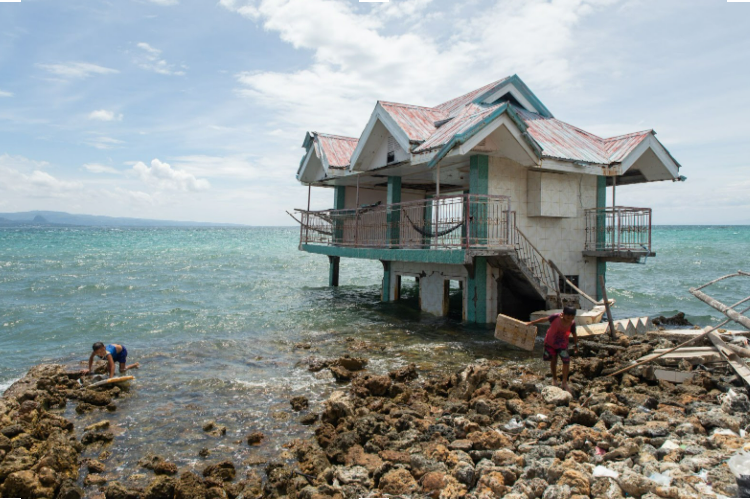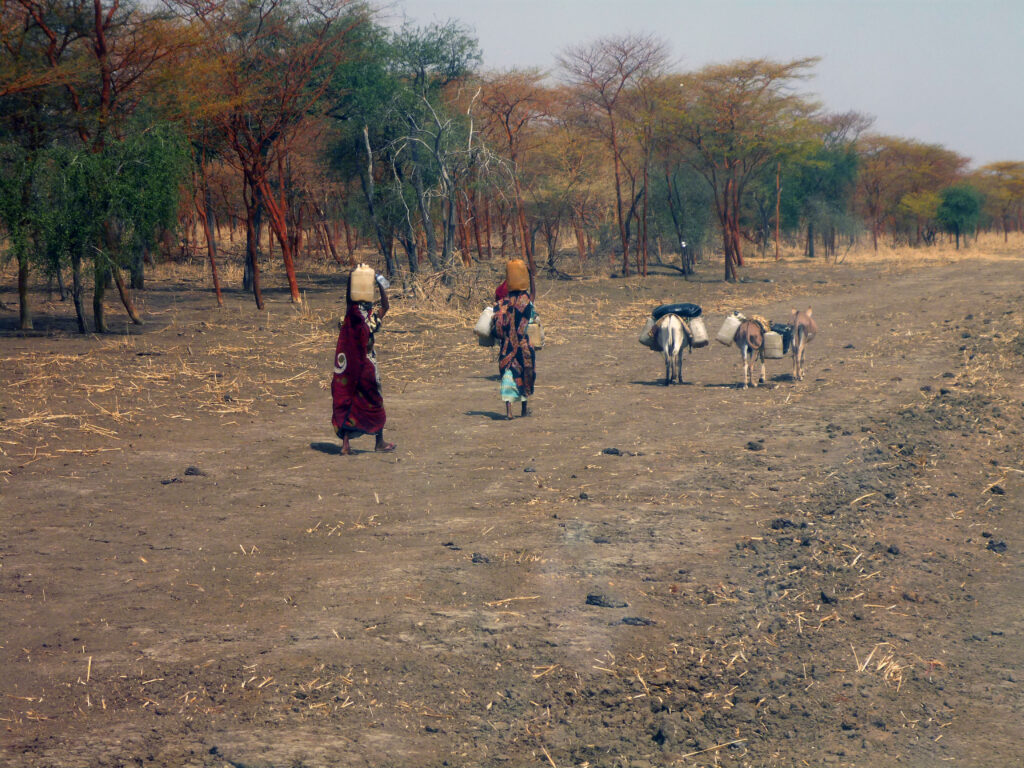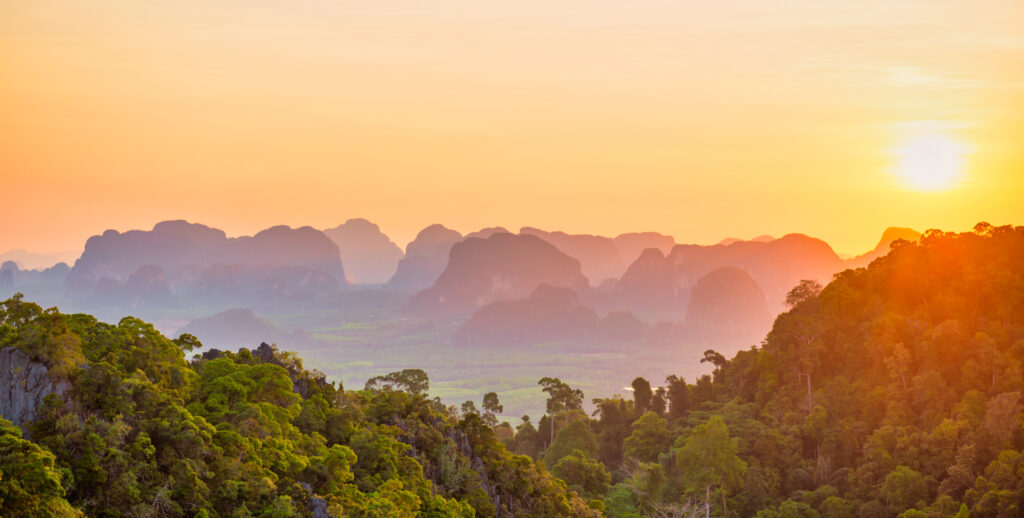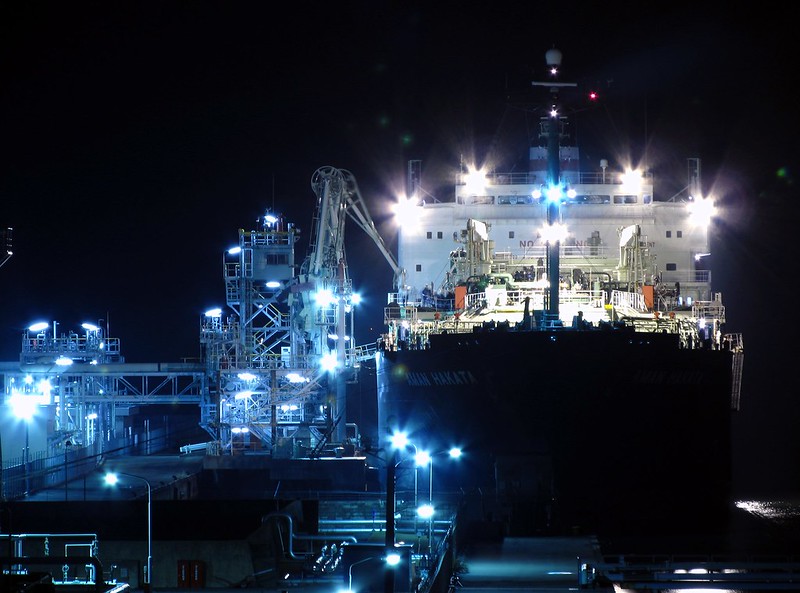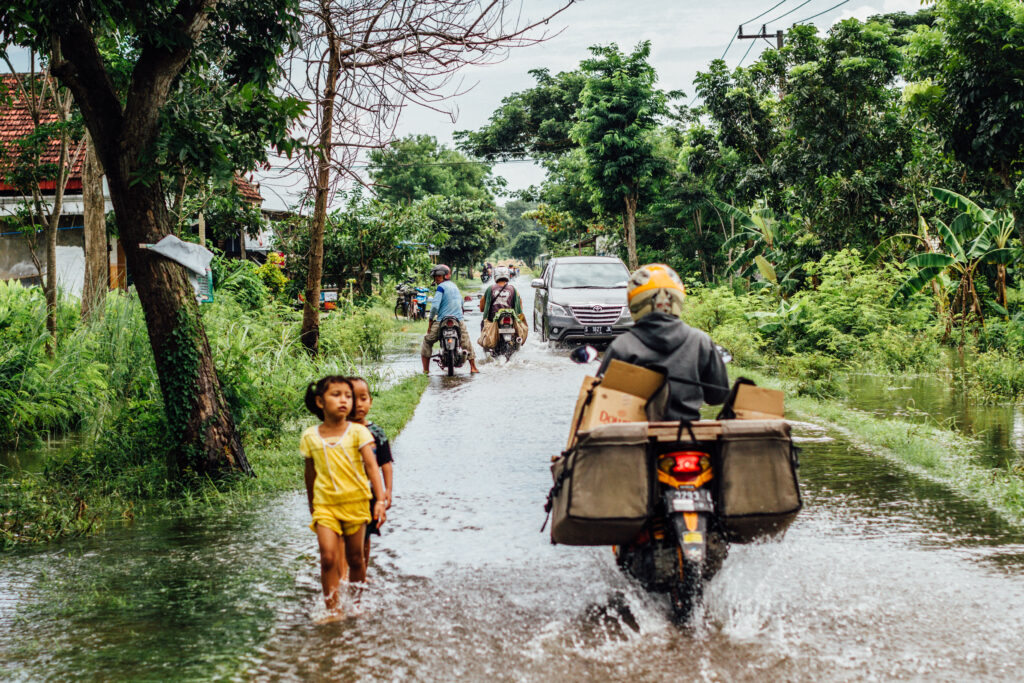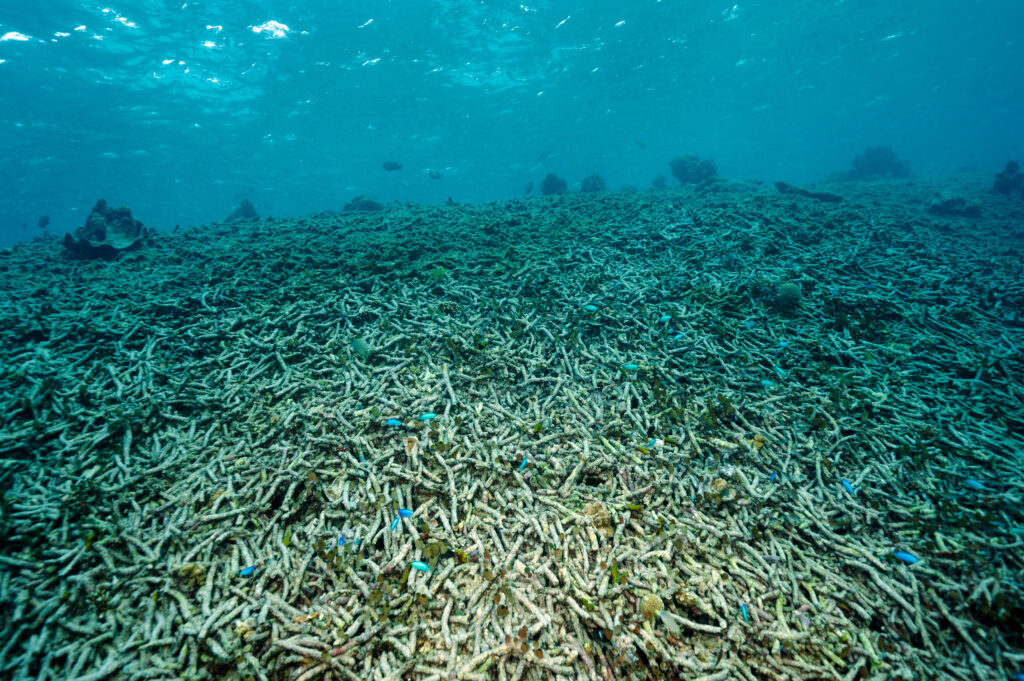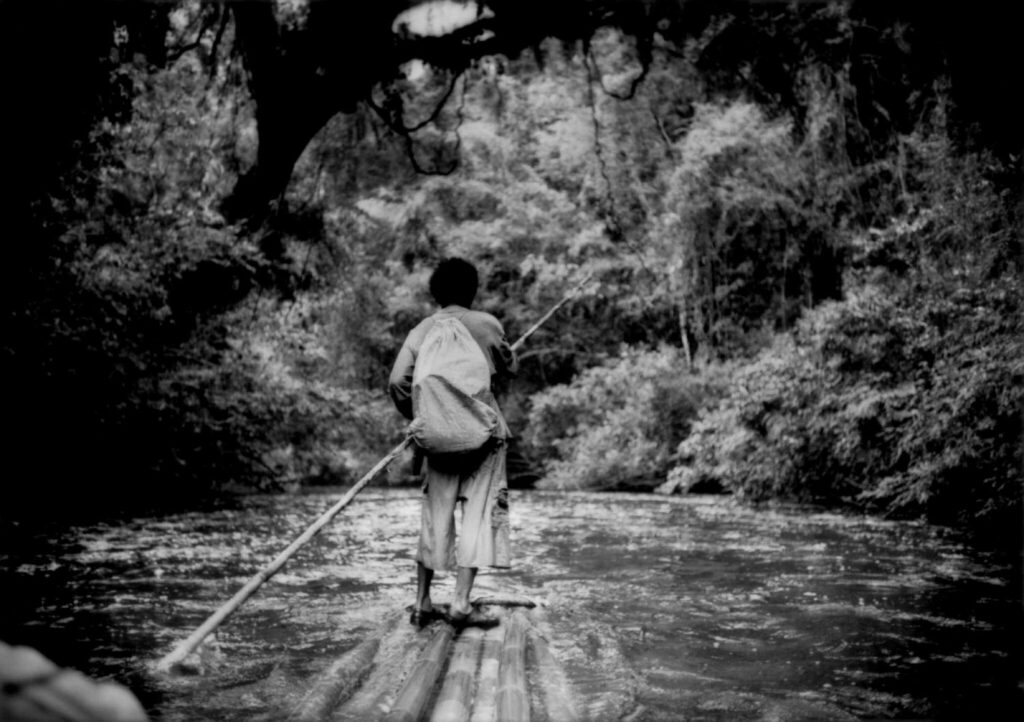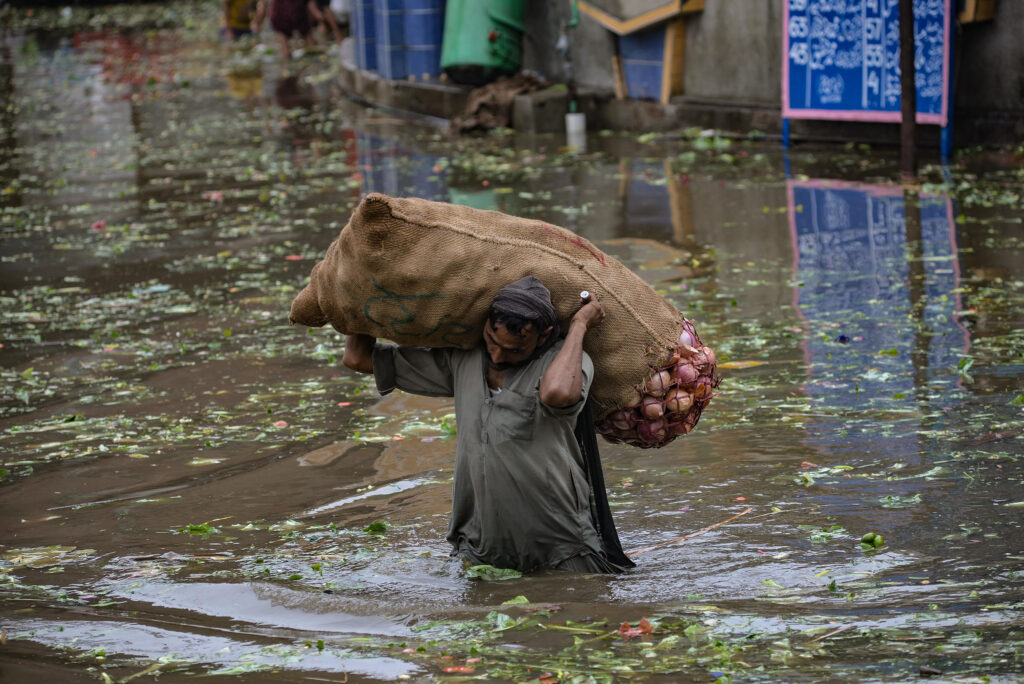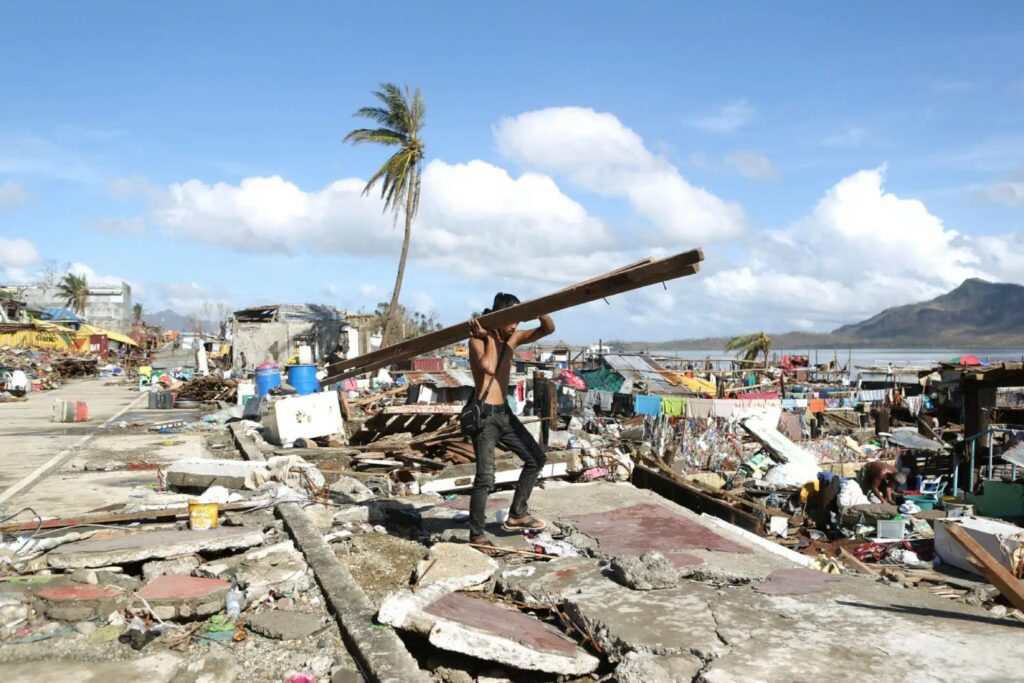Stepping onto the white sandy shore of Inanuran, a small island off the coast of Tubigon, Bohol, in the Philippines, is like entering an idyllic setting for slow, communal living.
After the kids had been sent off on a small boat to the nearest school on another island, residents would start their work in their community kitchen, cleaning an assortment of fish, crustaceans and molluscs from the latest catch.
On summer nights, most fisherfolk and island dwellers would sleep on the beach as it would be too hot in their offgrid houses. 26-year-old housewife Hazel Brum laughingly recalls an evening when their dreaming would suddenly be interrupted by seawater rushing into the beach, drenching their clothes and mats. “We didn’t know the tide would be high that day,” she said. They drowsily climbed back into their houses to get some much-needed rest. The next day always starts early.
Most houses in Inanuran are huts made of bamboo poles and amakan or traditional woven panels raised on stilts. Now, all of them are newly built as other, older structures made with similar materials were washed out during the onslaught of Super Typhoon Odette in 2021. Only the two-storey house that sticks out among the bungalows endured. Within its concrete safety, eight of the islanders who stayed behind had taken shelter during the height of the typhoon.
“They clasped one another’s hands tightly so that none of them would be swept away during the storm surge. At one point, one of them was losing their grip and telling the others to let go, but none of them did,” adds Hazel. All eight lived to tell the tale, including Alejandro Mojera, a fisherman. “I’ve learned my lesson. If another Odette happens, I won’t stay behind,” Alejandro said.
Hazel, her husband, and their four-year-old daughter had joined the residents who had evacuated to the coastal barangay of Matabao. Still, even they weren’t spared the horrors of Odette. “The floodwater on the mainland merged with the sea’s; we were trapped on the second floor of the evacuation centre,” she recounted, trembling. Had the floodwater continued rising, they would have had no recourse but to climb through the window onto the unsafe roof. “I was thinking, how can I carry my child? I just didn’t know how.”
On this day of our visit, more than two years since Odette’s, she doesn’t let her daughter–now six years old–out of her sight, despite prodding from other mothers on the island. “They say I should stop accompanying her to school and picking her up so that she’ll become more independent. I don’t listen,” she said, perhaps excusing her strictness out of a learned fear.
Since the 2013 earthquake that caused Bohol islands to sink–an event that set off regular tidal flooding–communities have had to adapt and do so fast. Projected effects of sea level rise have already been their reality in the last ten years, though this is something that they should not be experiencing yet.
From afar, Bilangbilangan makes one imagine the beginnings of a real-life Waterworld, with its compressed structures and shanties propped up on the ocean. The island had been densely populated when its outer areas subsided, and residents had to scooch their houses farther inland.
Island communities and local governments have had to learn and adapt with little time and premeditation. They took up various measures, from soft ones–such as evacuating, elevating belongings, and using taller furniture–to installing more permanent fixtures such as stilted houses and raised floors. Many households in Bilangbilangan have used solid waste as filling materials to elevate their homes.
A study conducted in 2017 found that not all adaptation measures were effective. For instance, houses raised hardly above flood level would still be overrun by the sea, while those made with light materials wouldn’t withstand strong winds. Some practices, such as using coral stones to elevate footpaths or floors, are also maladaptive in the long term, as coral mining destroys fishing grounds while taking away much-needed protection against storm surges.
Fisherman Arnold Obguia worries about the risks of tidal flooding and strong typhoons, although he cannot imagine leaving Bilangbilangan for good. “Whenever they announce forced evacuation, we comply to avoid casualties on the island, but we’ll keep coming back here. Whatever happens, we’ll return because there are just no fitting means of livelihood for us on the mainland.”
However, infrastructures and services to protect communities from climate change’s current and future impacts are insufficient, lacking, or outright absent. Fishing and farming, the primary sources of livelihood in Bohol, face great threats: an overall drier climate in the entire region, increased temperatures, more intense rainfall and stronger tropical cyclones.
There are also already-existing conditions, such as food, income, and water security issues, that further limit locals’ capacity for survival, more so their capacity for adaptation. Local governments have also been looking at ecotourism as a sustainable source of livelihood, as some of the islands already have attractions such as mangrove forests and dive sites. Nonetheless, seeing these projects through to a point where the communities reap the benefits would take time.
Bilangbilangan is a maze of tangled houses made of tarps, plywood, and concrete, reflecting the complex predicament of most folks on the island. For them, choices are never simple, but examining the layers of limiting factors makes this claim almost feel like an understatement.
Arnold and his family live in a wooden stilt house. He says most of his neighbours choose to settle for shoddy dwellings and have been afraid to build concrete houses after Odette. “This way, the cost of the damages from future calamities won’t be as great,” he reasons.
Funding for hard adaptation measures and post-typhoon recovery has been irregular at best and has come from different sources. Some households consider themselves lucky, having received financial support from friends and relatives for rebuilding their homes. But as climate change makes weather patterns more unpredictable in intensity and frequency, people’s resources and capacity to cope are pushed to their limits.
The question of why communities choose to live with tidal flooding is an instinctive one. After all, existing research suggests that sea level rise will lead to mass migration and the abandonment of small, low-lying islands. By these standards, islands in Bohol, Philippines, like Batasan, may have already breached environmental thresholds and could be considered “uninhabitable.”
It’s no wonder that many find this fascinating. Videos of Batasan Island at high tide and of its residents just doing commonplace things have made rounds on social media. Babelyn Mejares’ six-second TikTok post of her swimming in a flooded street has been viewed 10.1 million times. Their family moved to Batasan island when she was in first grade. Now twenty years old, she’s become accustomed to sunny-day flooding. And to the social media attention.
But a single viral video is not enough to rise above the everyday things. “It happens almost daily in May and recently in September, too,” she said. She relates how they would bring their belongings, plants, pets, and the younger kids to higher ground on days when they expect flooding, guided by the tidal times on their calendars.
She knows everyone on the island will eventually have to move out as it’s no longer safe, but this doesn’t diminish her sense of pride for her home. “It’s not easy to give up when one has grown up on an island. I’m proud to be Batasanon. That’s the slogan I want to bring to the world: that Batasanons are fighters.”
The majority of Batasanons are strongly opposed to relocation. They made this choice clear early on when aggressively implementing hard adaptation measures. Kagawad Annie Casquejo, who has lived on the island for 53 years, can’t imagine parting with it and its rich marine resources, which have sustained them for decades.
“This island has taken care of us. It became the means for my parents to fund my studies, and the same will go for my children. It has made successful engineers, nurses, and teachers of its residents,” Annie said. She’d also never give up easy access to their local catch and harvest. “I would start feeling weak after just one day of not eating seafood,” she adds.
“We’re like brothers and sisters here. If what scientists are warning of happens, and our island disappears from the map, the bond of our community will survive. Our memories on the island will not be erased from our minds.” The way she said this, it’s as though she was grappling with a memory waiting to occur, something like reverse nostalgia.
Research shows that invisible factors like attachment to place, a sense of pride and belonging, and identity strongly determine the decision to relocate permanently. But shouldn’t these injuries be accounted for when compounded climate-related impacts simultaneously mark these intangibles? And shouldn’t entities most responsible for the climate crisis–nations and industries with the biggest historical contribution of greenhouse gases driving climate change–be made to answer for these losses?
Annie said, almost vindictively, “I hope they stop destroying our environment. They must pay for the suffering that we in small islands are experiencing. They must pay us for their irresponsible actions.”
Advocates have voiced the need for climate-polluting nations and corporations to pay up. Greenpeace Campaigner Jefferson Chua thinks that intangible social and cultural losses must be included in the global climate loss and damage discourse. “Non-economic losses and damages (NELD) are not only one of the most unnoticed impacts of climate change but also one of the most severe, affecting the most foundational human aspects. What is lost, simply put, is our sense of humanity. In this sense, the human rights that embody these foundational dimensions are harmed.”
The fundamental nature of this aspect of loss and damage makes it a difficult topic in international negotiations. Because it’s seen as something that no one can put a price on, advocates believe it is being used as an excuse or delaying tactic by those who refuse to take accountability. “Any loss and damage discussion that does not directly address this head-on is necessarily incomplete and unjust,” he adds.
It’s only right that communities be provided a fiscal safety net to bounce back, adapt sustainably, and maintain a sense of agency. This gives them a fighting chance to prevent the deterioration of their human rights, which is escalating.
Notwithstanding, communities have learned ways of tucking it away, and sometimes, their stories are magnified to the level of metaphor. After dinner, Annie and her childhood friend Marian were reminiscing about their younger days, the sea breeze freely wafting in from the open doors and windows. One of them said, “When we’re here in the living room, and the saltwater comes in, we tell each other, ‘Our visitor is here.’ It announces its entrance but doesn’t bother to say goodbye when it leaves.”
They know what’s waiting to happen. A big calendar hangs on the wall, where they mark in red the schedule of the tides. There’s a derelict house in front of Annie’s home, abandoned when the ground under it gave in, now immersed and tilted towards the Pacific. It hasn’t collapsed just yet. It juts out of the sea as a monument to the day they were thrust forward into an expected future that’s slowly creeping onto the rest of the world.
Life goes on in the Bohol Islands. The high tide will cover the only paved road in Batasan before midnight. Electricity on the island, rationed since 4 PM, will be cut at 12 AM, and most residents will be fast asleep by then. But tonight, our group’s last on the island, Kagawad Annie, remains sleepless in the wee hours. She understands that the water, her regular visitor, is here to stay.
References:
Rice Watch Action Network, Greenpeace Philippines (2021). Bohol Climate Emergency Response Roadmap to support small islands and coastal communities vulnerable to tidal floods and sea level rise
Laurice Jamero, M. et al. (2019). Rethinking the Limits of Climate Change Adaptation. ADB Economics Working Paper Series. 284.
Laurice Jamero, M. et al. (2017). Small-island communities in the Philippines prefer local measures to relocation in response to sea-level rise. Nature Climate Change. 7, 581–586.
Adger, W. et al. (2013). Cultural dimensions of climate change impacts and adaptation. Nature Climate Change. 3, 112–117.

